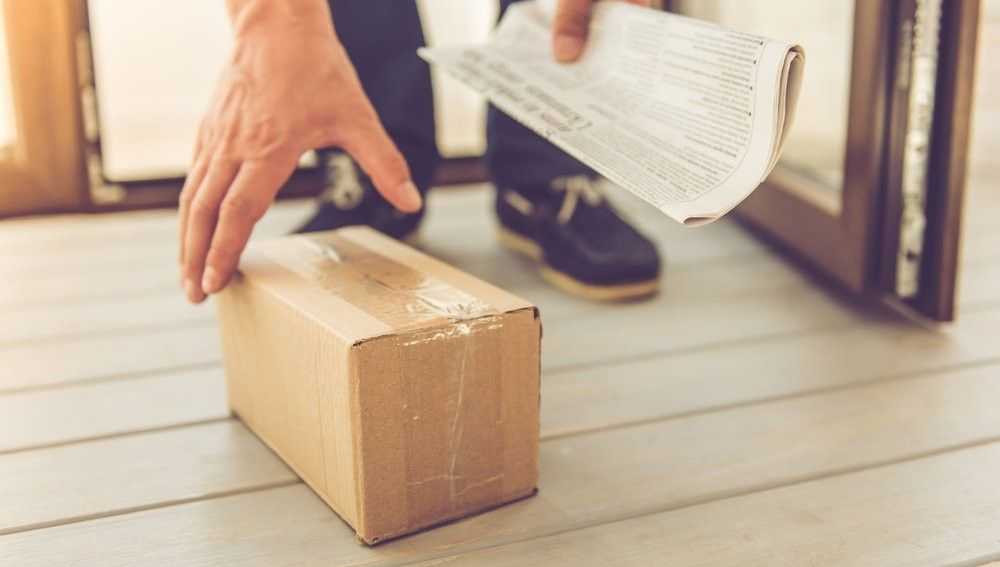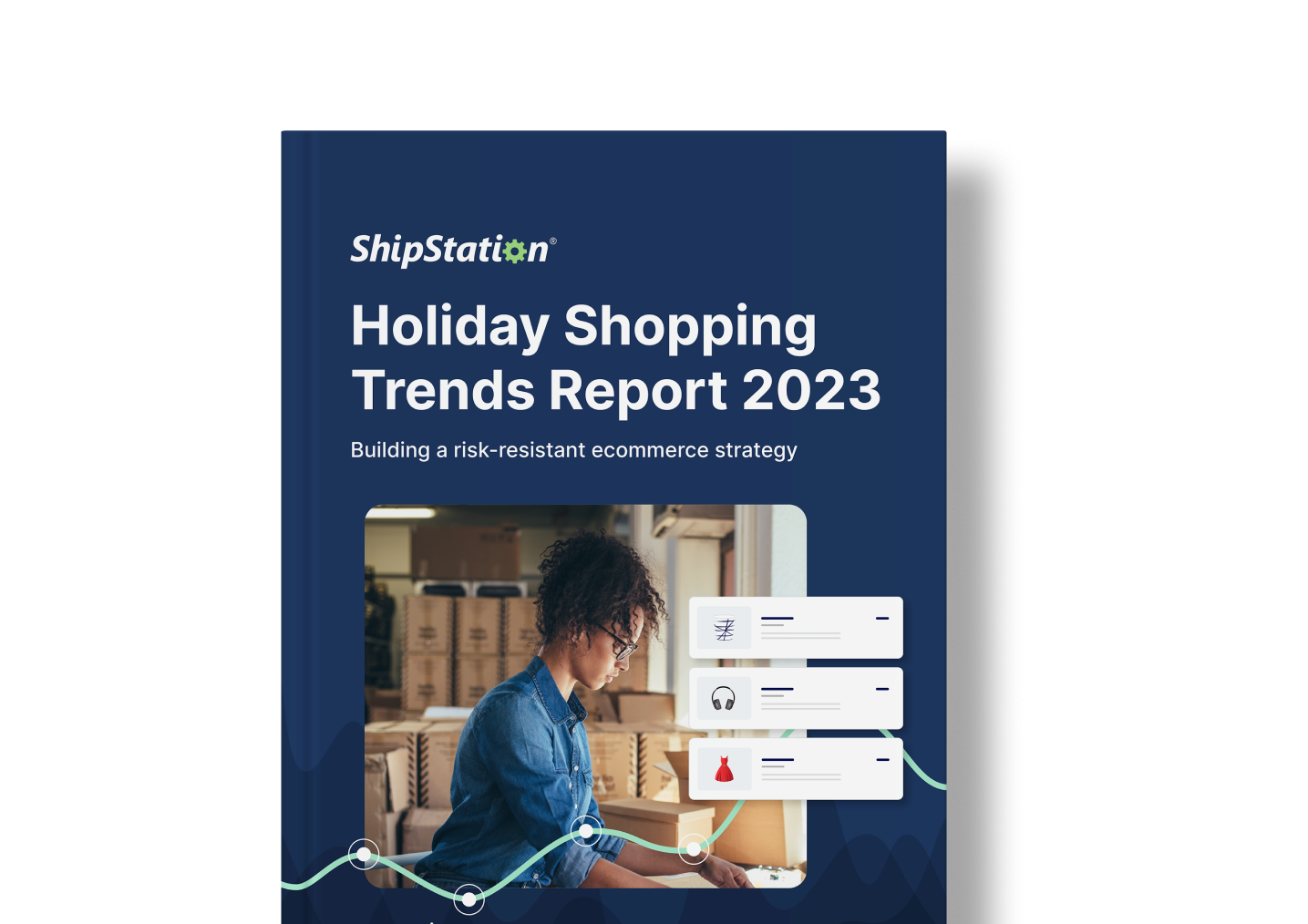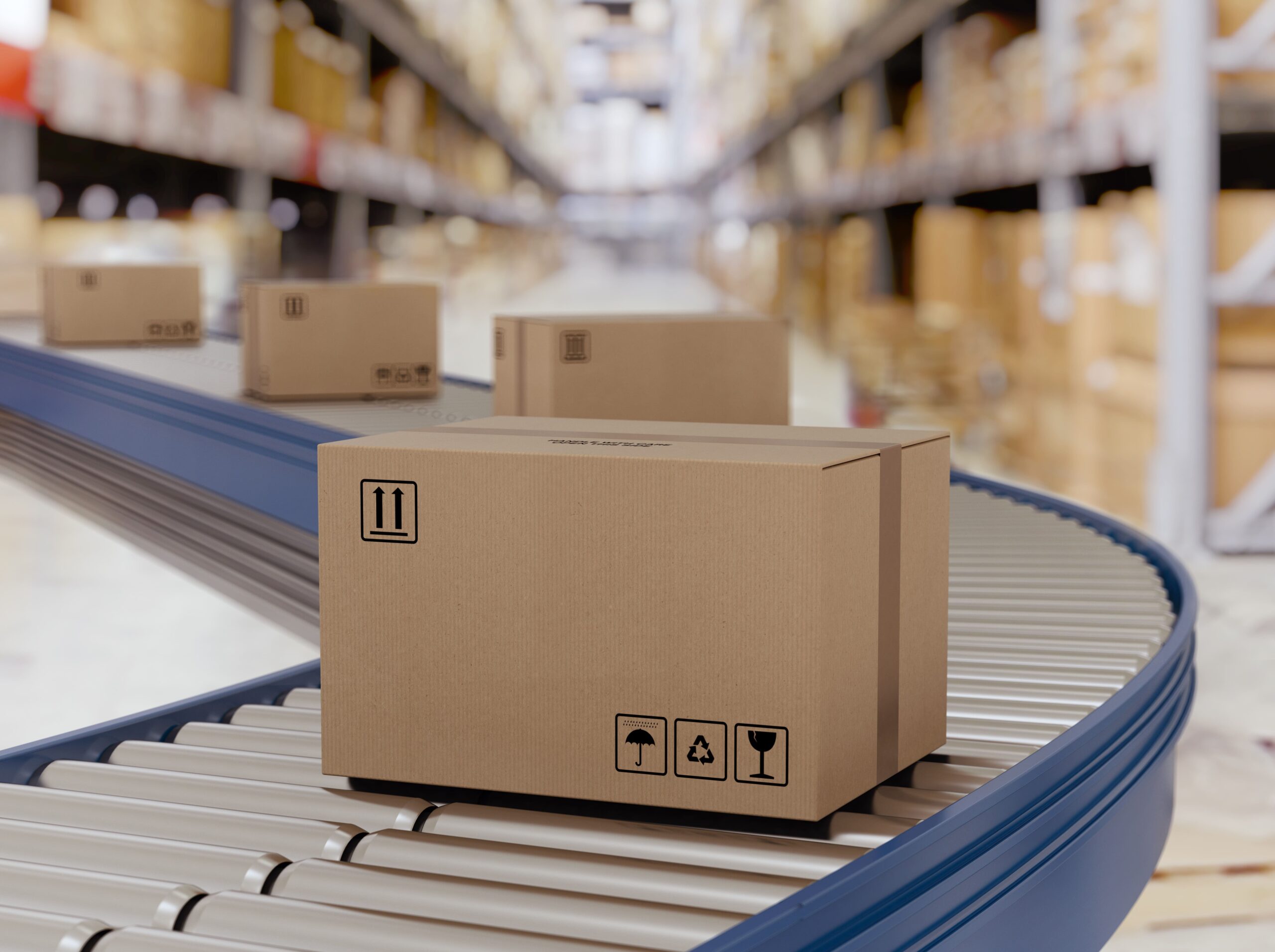What Ecommerce Shoppers Think About Shipping and Fulfilment in 2020
The impact of COVID-19 has had serious implications on the international supply chain and to consumer expectations. Whereas previous years saw a shortening of expected wait time, 2020 saw the average amount of time a consumer is willing to wait grew from 5 days to 8 days. However, with this lowered expectation around ship time, shoppers also expect better communication and updates regarding shipping delays.
How Important is Delivery Speed?
Fast shipping is important, but it is not as integral as it was last year. 63% say fast shipping is required for them to have a positive shipping experience. This is down from 72% last year. 66% say a free shipping option is also required. This is down from 76% last year.
While customers are willing to wait longer for their orders, they do still shop around for the best deals and quickest delivery options. Be mindful that customers are increasingly shopping around for rates even as their expectations have become more forgiving.
The Importance of Offering Returns
Returns have become trickier than ever before during the COVID-19 pandemic. As shopping in brick-and-mortar stores has dropped, returns have become even less common. In fact, many stores are temporarily halting returns due to fears spreading of COVID-19. 55% say a retailer’s overall return policy is a major consideration when purchasing online. 90% expect returns to be a self-service. Consumers increasingly want to avoid contacting customer service to initiate returns.
Merchants are Largely Held Responsible for Delivery Errors
While customers are largely more forgiving of shipping delays than in years past, these are still largely seen as the responsibility of the merchant. In fact, 77% of consumers even say that a negative delivery or shipping experience negatively impacts their impression of the retailer rather than the carrier—even if it’s a result of the carrier’s error.
To learn more, check out our full ebook on the study, which includes additional data points on ways retailers can level-up their shipping strategies.
Delivery is Critical to Retail Success
Learning these statistics is one thing, but learning what to do with them is another. Our research study also goes into detail about how to deliver on these customer expectations.
PROVIDE MULTIPLE DELIVERY OPTIONS
FREE DELIVERY
While free shipping may not be possible for all items, offering it for small items with low shipping costs can increase cart conversions. Typically these are slower services that involve incorporating shipping costs into the item cost.
FLAT-RATE DELIVERY
Unless you sell items greatly varying in size and weight, domestic deliveries don’t usually fluctuate too much from order to order. For instance, “£5 shipping on any domestic order.”
EXPRESS DELIVERY
If customers do want express options for a more premium fee, you should offer it. Options like Tracked, Next Day, Two Day or Weekend services may be expensive. But for time-sensitive orders, some customers are willing to pay the price. It can be the difference between an abandoned cart or a high-price purchase.
OFFER HASSLE-FREE RETURNS
Make returns easy. Returns are a zero-sum game for both customers and merchants. However, mastering returns can increase customer satisfaction and contribute to long-term customer loyalty. Instead of requiring customers to call into a support line or wait around for you to send an email with next steps, customers prefer to initiate the returns in the same way that orders are placed. Make the process easier by offering automated returns through return portals on your website or including pay-on-use return labels with the outgoing package.
Offering “hassle-free returns” as a checkout option is a great way to engage customers. Including it as a £1-5 premium fee in cart is a way to help offset costs—particularly if you can use an affordable option like Royal Mail or Hermes.
To learn more, check out our full ebook on the study, which includes additional data points on ways retailers can level-up their shipping strategies.





